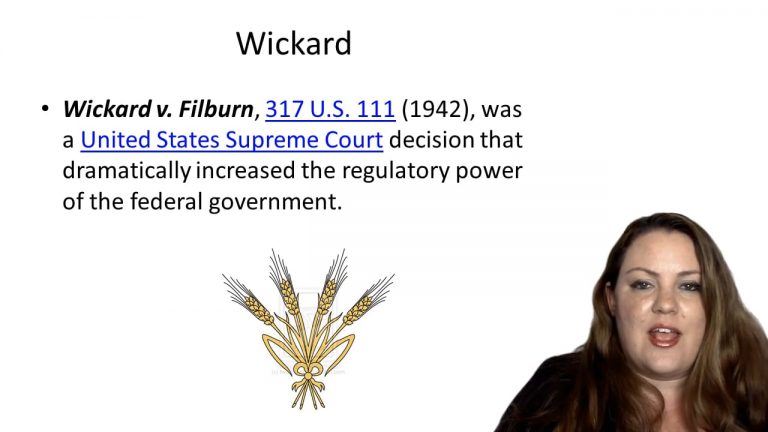SmartBrief
Confirm favorite deletion?
Constitutional Law Keyed to Varat
Kassel v. Consolidated Freightways Corporation
Citation:
450 U.S. 662, 101 S.Ct. 1309, 67 L.Ed.2d 580 (1981)Facts
An Iowa statute barred all tractor trailers over 55 feet in length from its roadways except for ones from cities that bordered Iowa. Iowa justified the statute by arguing that smaller tractor trailers were safer and would cause less wear and tear on the roadways. More specifically, the State argued that smaller trailers take less time to be passed and to clear intersections, they can back up easier, and they are less likely to “jackknife.” However, every other State in the region allowed 65-foot trucks.
Consolidated Freightways, a trucking company based in Delaware, regularly employed 65-foot trucks and wanted to drive them through Iowa. Because of the Iowa statute, however, Consolidated Freightways had to either use smaller trucks or divert around Iowa, costing the company over $2 million per year in added costs. Consolidated Freightways sued, alleging that the Iowa statute unconstitutionally burdened interstate commerce.
Only StudyBuddy Pro offers the complete Case Brief Anatomy*
Access the most important case brief elements for optimal case understanding.
*Case Brief Anatomy includes: Brief Prologue, Complete Case Brief, Brief Epilogue
- The Brief Prologue provides necessary case brief introductory information and includes:
Topic:
Identifies the topic of law and where this case fits within your course outline.Parties:
Identifies the cast of characters involved in the case.Procedural Posture & History:
Shares the case history with how lower courts have ruled on the matter.Case Key Terms, Acts, Doctrines, etc.:
A case specific Legal Term Dictionary.Case Doctrines, Acts, Statutes, Amendments and Treatises:
Identifies and Defines Legal Authority used in this case.
- The Case Brief is the complete case summarized and authored in the traditional Law School I.R.A.C. format. The Pro case brief includes:
Brief Facts:
A Synopsis of the Facts of the case.Rule of Law:
Identifies the Legal Principle the Court used in deciding the case.Facts:
What are the factual circumstances that gave rise to the civil or criminal case? What is the relationship of the Parties that are involved in the case.Issue(s):
Lists the Questions of Law that are raised by the Facts of the case.Holding:
Shares the Court's answer to the legal questions raised in the issue.Concurring / Dissenting Opinions:
Includes valuable concurring or dissenting opinions and their key points.Reasoning and Analysis:
Identifies the chain of argument(s) which led the judges to rule as they did.
- The Brief Prologue closes the case brief with important forward-looking discussion and includes:
Policy:
Identifies the Policy if any that has been established by the case.Court Direction:
Shares where the Court went from here for this case.
Topic Resources
Topic Outline
Topic Refresher Course

 5m 5s
5m 5s 9m 38s
9m 38s